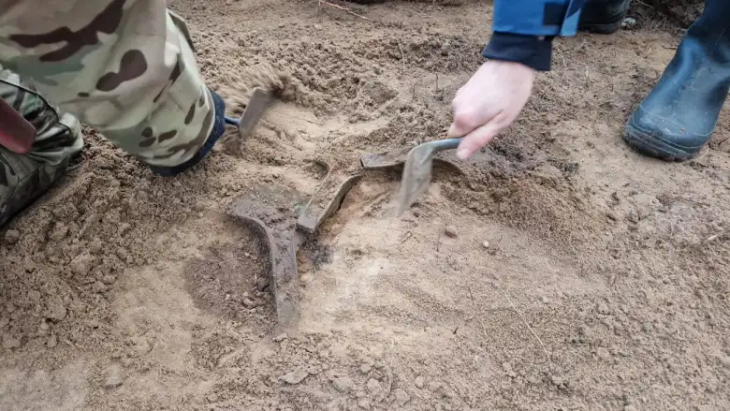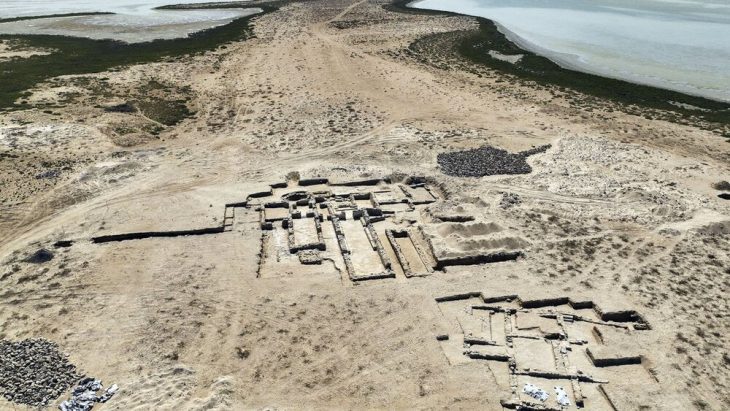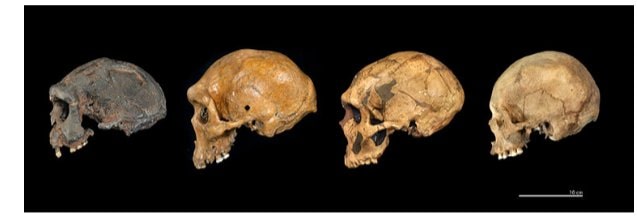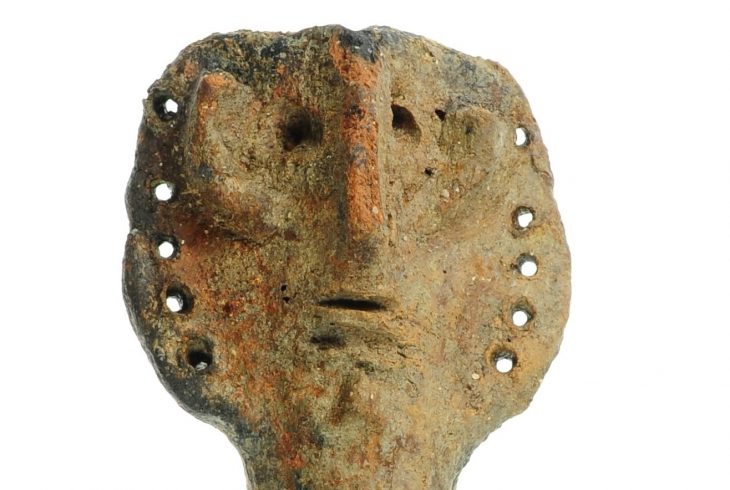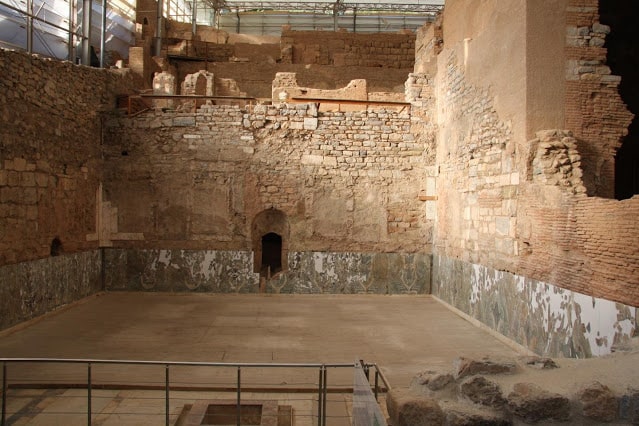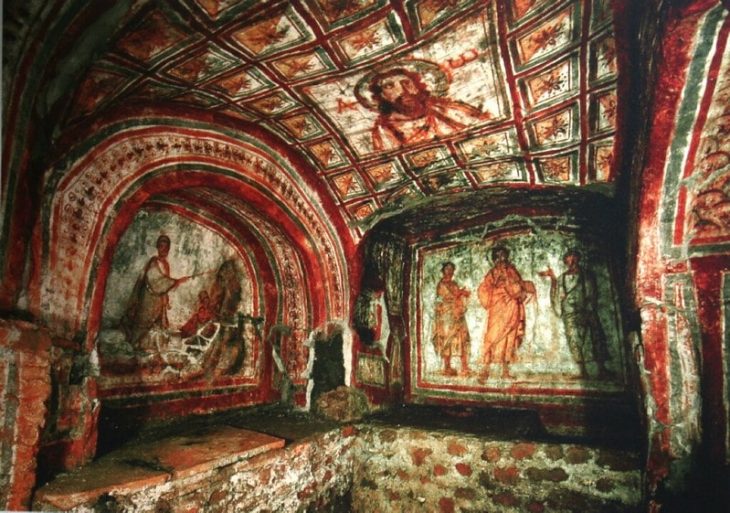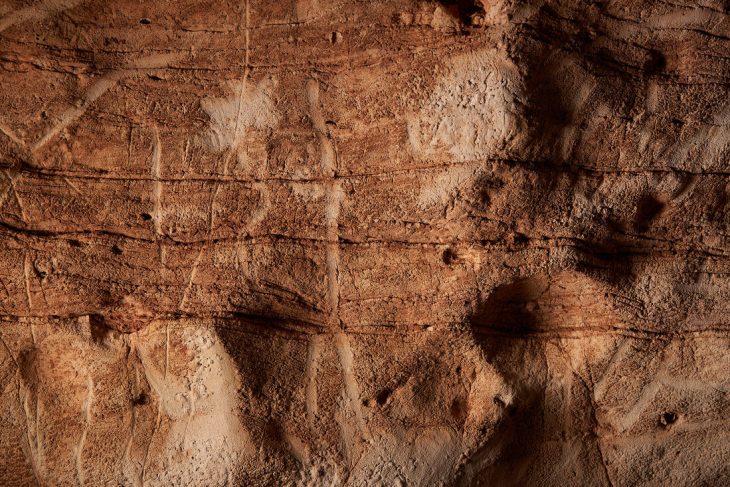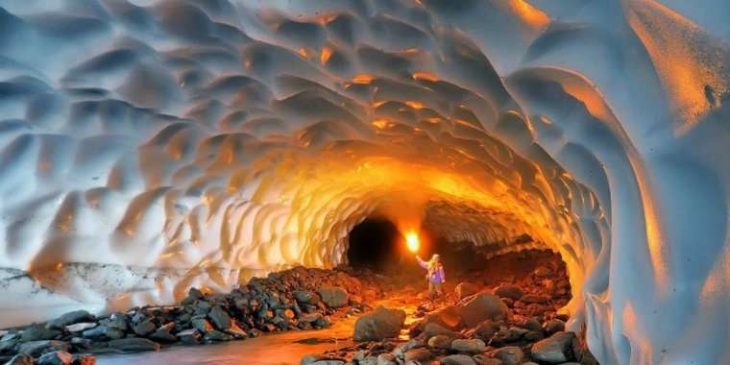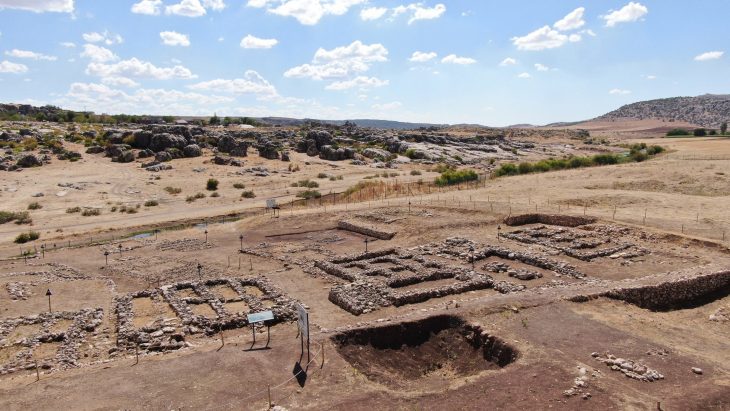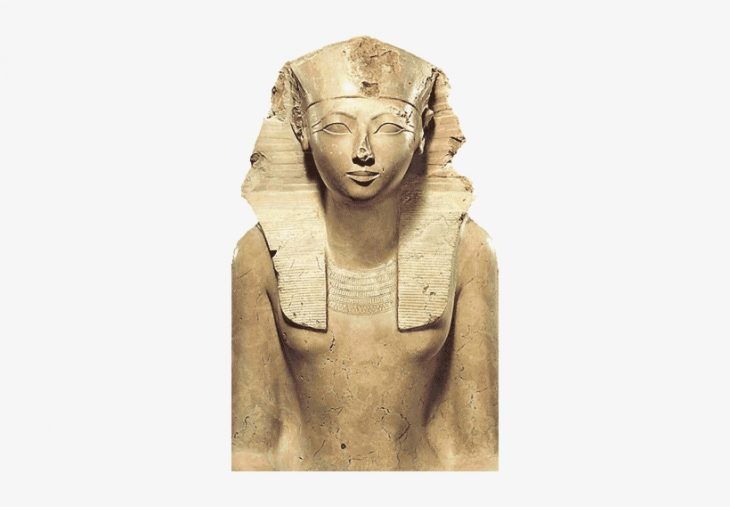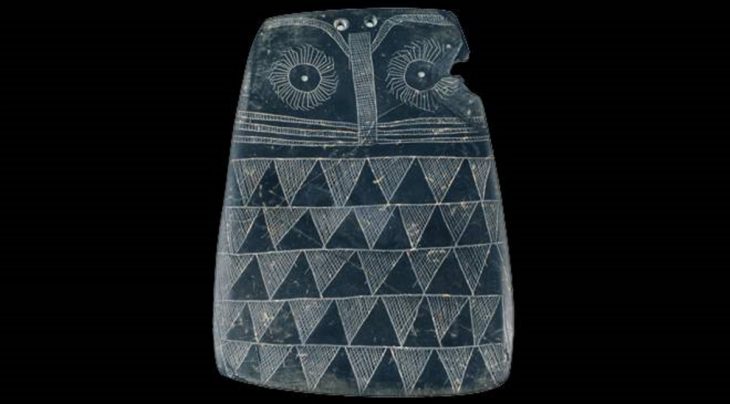The University of Copenhagen according to researchers, humanity’s earliest recorded kiss occurred around 4,500 years ago in the ancient Middle East – 1,000 years earlier than previously thought.
Kissing was practiced in the earliest Mesopotamian societies, according to scientists, and may even have contributed to the spread of cold sores. In their article, published in the journal Science, the researchers said the findings suggest kissing was common across many cultures and did not originate in a specific region.
According to the researchers, this contradicts a previous theory that the earliest evidence of human lip kissing came from a specific region of South Asia 3,500 years ago.
“In ancient Mesopotamia, which is the name for the early human cultures that existed between the Euphrates and Tigris rivers in present-day Iraq and Syria, people wrote in cuneiform script on clay tablets. Many thousands of these clay tablets have survived to this day, and they contain clear examples that kissing was considered a part of romantic intimacy in ancient times, just as kissing could be part of friendships and family members’ relations,” says Dr Troels Pank Arbøll, an expert on the history of medicine in Mesopotamia at the University of Copenhagen in Denmark.
He continues: “Therefore, kissing should not be regarded as a custom that originated exclusively in any single region and spread from there but rather appears to have been practiced in multiple ancient cultures over several millennia.”
Studies on bonobos and chimpanzees – the closest living relatives to humans – have shown they engage in kissing.
This suggests the practice of kissing is a fundamental behaviour in humans and explains why it can be found across cultures, the scientists said.
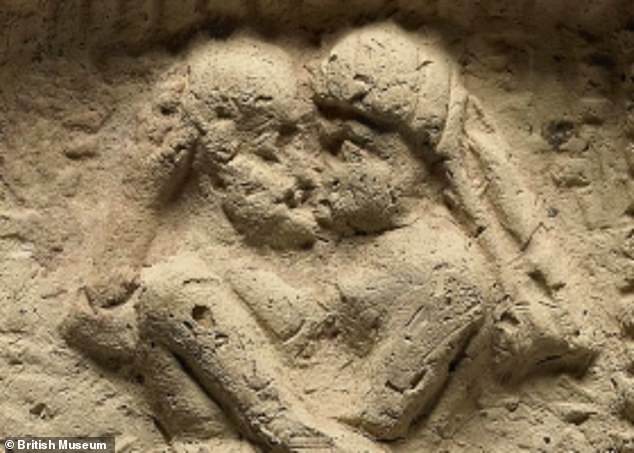
The researchers also said kissing may have unintentionally played a role in the transmission of viruses such as herpes simplex virus 1 (HSV-1), which causes cold sores.
Dr. Arboll said: “There is a substantial corpus of medical texts from Mesopotamia, some of which mention a disease with symptoms reminiscent of the herpes simplex virus 1.”
But he added that ancient medical texts can be influenced by cultural and religious concepts so they cannot be read at face value.
Dr. Arboll said: “It is nevertheless interesting to note some similarities between the disease known as buʾshanu in ancient medical texts from Mesopotamia and the symptoms caused by herpes simplex infections.
“The bu’shanu disease was located primarily in or around the mouth and throat, and symptoms included vesicles in or around the mouth, which is one of the dominant signs of herpes infection.”
Recent studies have shown that modern-day viruses that spread through kissing, such as HSV-1, Epstein-Barr virus, which causes glandular fever, and human parvovirus B19, which causes a bright red rash on the cheeks in children, were present in ancient times.
Dr. Sophie Lund Rasmussen, of the University of Oxford, said: “If the practice of kissing was widespread and well-established in a range of ancient societies, the effects of kissing in terms of pathogen transmission must likely have been more or less constant.”
Dr. Arbøll and Dr. Rasmussen conclude that future findings from ancient DNA research will benefit from an interdisciplinary approach, as they will inevitably lead to discussions about complex historical developments and social interactions, such as kissing as a driver of early disease transmission.
Cover Photo: Babylonian clay model showing a nude couple on a couch engaged in sex and kissing. Date: 1800 BC. © The Trustees of the British Museum


